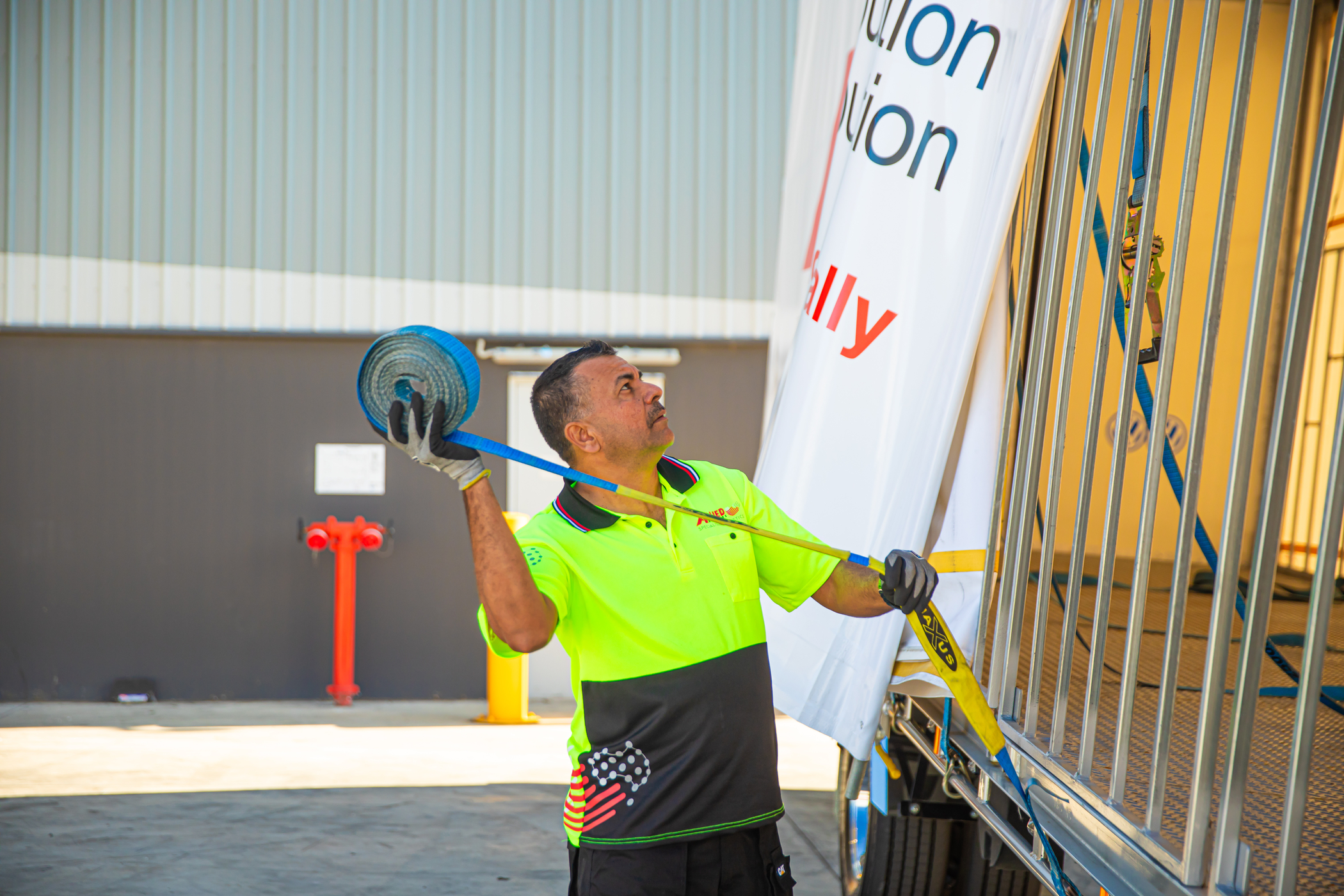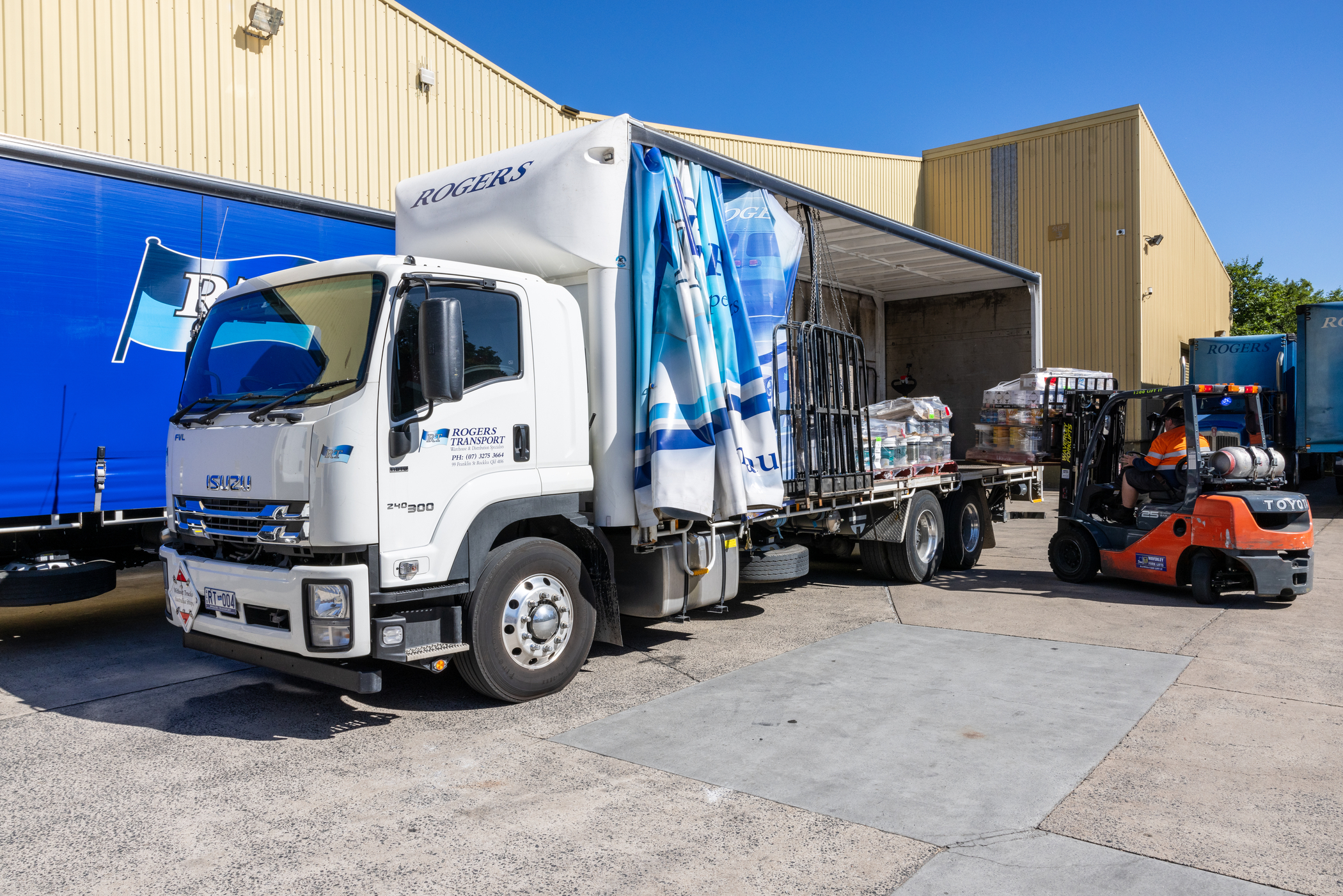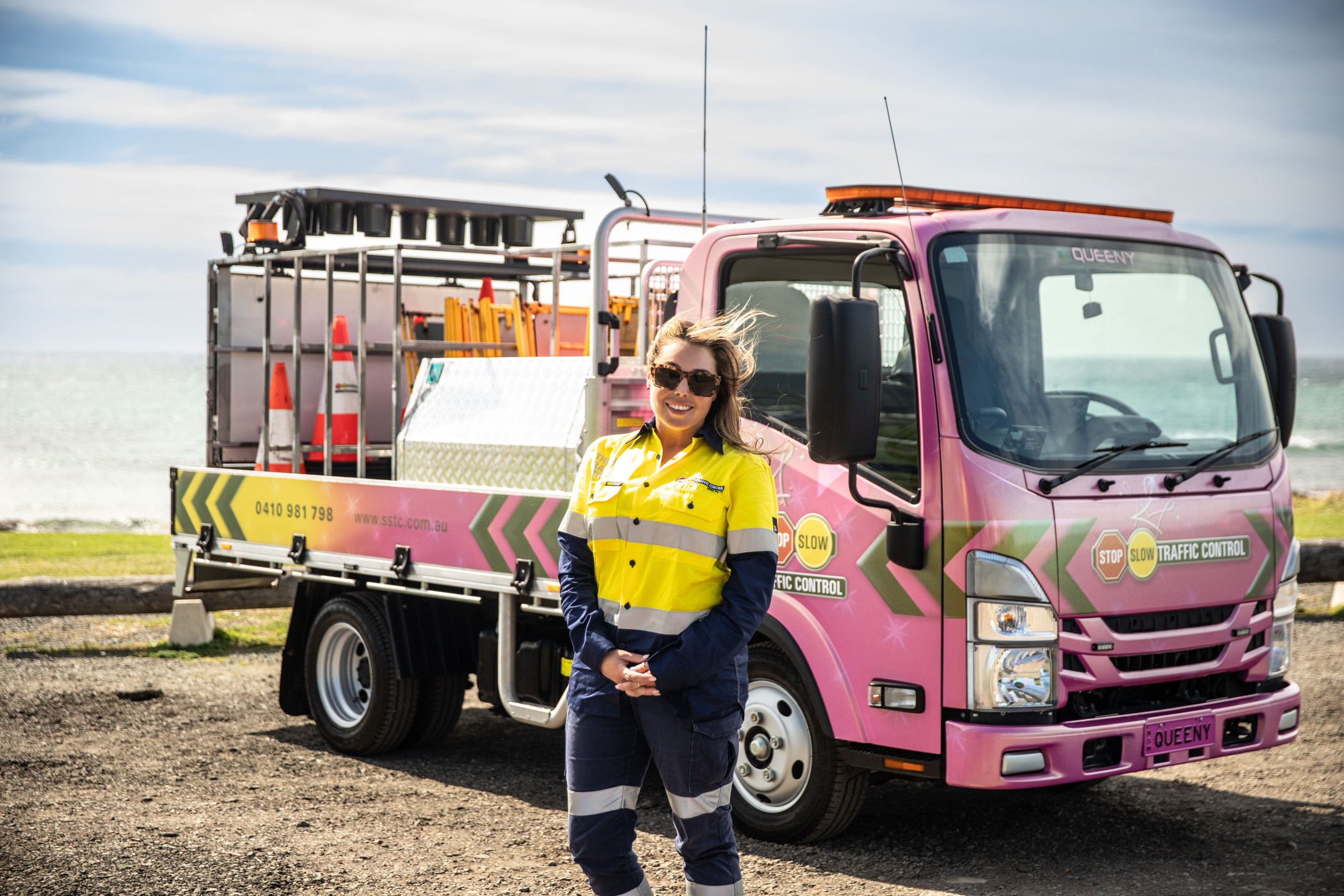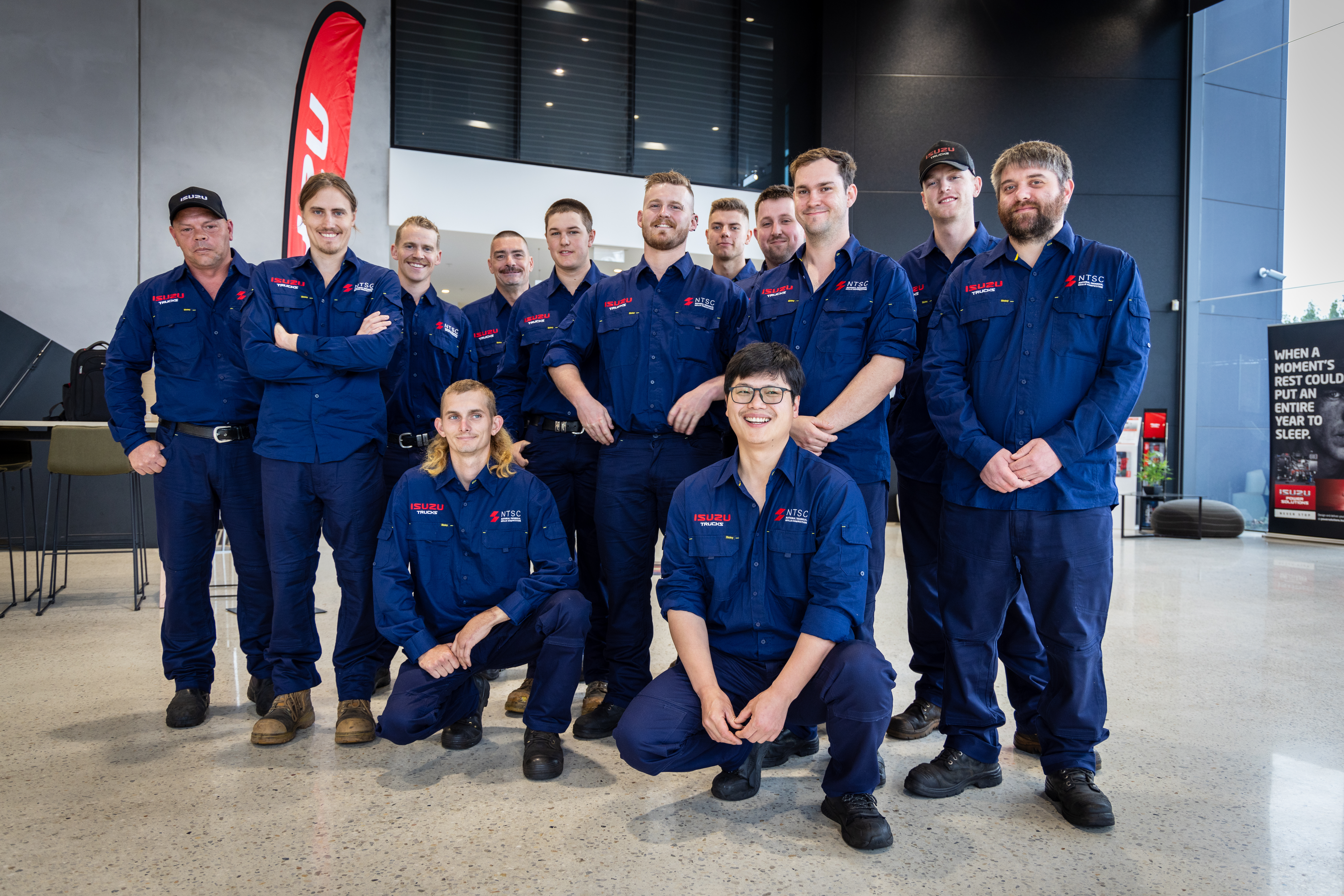Calling all truck drivers: Licence 101 & industry updates

With Australia’s freight task steadily increasing, our road transport industry is hungry for new drivers—with truck driver availability listed as one of the chief concerns for truck fleet operators.
NatRoad recently published data based on an industry survey that it is estimated 26,000 drivers are needed to meet expected supply chain demands.
This plays into a key issue for all businesses reliant on heavy vehicles, with the average age of truck drivers in Australia at 49 years old and over 50 per cent of drivers aged 55 and nearing retirement age.
However, young people and workers looking to enter the industry can find themselves in the tricky position of needing to wait (sometimes for a significant period of time) to be able to drive solo, without a support driver. There is also mixed information that can make obtaining or upgrading a heavy vehicle licence difficult.
New reforms to heavy vehicle licencing recently proposed by Austroads to reduce wait times and train a more seasoned workforce of drivers are therefore timely, and welcome.
We unpack these changes and state by state options available for new drivers and drivers interested in upgrading their licence.

Starting out: licence classes
It's not a one-stop shop when it comes to being licenced to drive a truck, due to safety requirements in operating the big rigs and technical aspects like uncoupling trailers.
There are a number of different classes of truck licence determined by the weight of the truck and trailers being towed. What type of licence is needed comes down to the application (or type of job) involved:
- A standard car licence (Class C) allows drivers to pilot a vehicle of up to 4.5 tonnes such as a light-duty truck.
- A Light Rigid (Class LR) licence allows drivers to pilot a two-axle rigid truck with a GVM of less than eight tonnes. A LR licence can tow a single drawbar trailer with a GVM of less than nine tonnes.
- A Medium Rigid (Class MR) licence allows truck drivers to pilot a two-axle rigid truck with a GVM of more than eight tonnes and tow a single drawbar trailer with a GVM of less than nine tonnes.
- A Heavy Rigid (Class HR) lets truck drivers pilot a three-a (or more) rigid truck with a GVM of more than eight tonnes and tow a single drawbar trailer with a GVM of less than nine tonnes.
- A Heavy Combination (Class HC) allows truck drivers to pilot a prime mover with a semi-trailer along with most truck and dog trailer combinations. This category of licence means drivers can tow single semi-trailers or a single drawbar trailer with a GVM of more than nine tonnes.
- A Multi Combination (Class MC) licence means that truck drivers can pilot prime movers with a combination of more than one trailer such as B-doubles or road train combinations.
Drivers with an open Class C driver’s licence can drive a vehicle of up to a 4.5-tonne Gross Vehicle Mass (GVM) such as a light-duty truck, without obtaining an additional licence.
Drivers with an open Class C licence can apply for a light rigid or medium rigid truck licence after holding their car licence for 12 months, with appropriate training.
For a heavy rigid licence, drivers need to have held an open Class C licence for over 24 months, with appropriate training.
More information is available from the Heavy Vehicle Industry Australia (HVIA) or the Heavy Vehicle National Regulator (HVNR).

The latest changes
The current process for obtaining a truck licence differs from state to state, though vehicle licence classes are the same Australia-wide.
Austroads has acknowledged that there are currently too many barriers to obtaining truck licences in reasonable time frames, and too many differences in approaches to training and gaining experience.
The proposed changes from Austroads aim to reduce the wait times on licencing and improve on-road safety and driver confidence.
They also regulate truck licence pathways with Australia-wide standards that improve upon what each state is already doing.
One of the proposed pathways to move to a heavy combination licence includes 420 hours of work experience in a medium rigid or heavy rigid vehicle, accompanied by six two-hour blocks behind the wheel with driver supervision.
The benefit of this supervised method of driver training is that workplaces that form a strategy for this supervision can have new drivers on the road in roughly 12 weeks, with heavy combination licences in their pocket.
For workplaces that require multi combination licences, a minimum of 560 hours and eight sets of two-hour blocks of supervised driving is needed to move from a heavy combination to a multi combination licence.
There will also be post-licenced supervised driving in the early stages of receiving the licence as part of the qualification process.
The other proposed pathway focuses on experience and takes a minimum of 12 months to complete: to go from a medium rigid to a multi combination licence.
This is to build the experience of the driver through development during time on the road—600 hours of medium rigid or heavy rigid driving and 700 hours of heavy combination driving to qualify for a multi combination licence.
These pathways are still under review; the Austroads website will list further changes. Also visit state government website for up-to-date, state-specific information.

Where to upgrade a licence
While the industry might be experiencing significant change, there has never been a better time to become a truck driver—with support for newcomers and those wanting to upgrade their licence readily available across the country.
To make the process easier, we’ve included a state-by-state breakdown of reputable training and licencing services:
Queensland
- Visit the Queensland Government website to see the requirements for upgrading your vehicle licence in Queensland.
- This link has registered training organisations collated by the Queensland Government for heavy vehicle licences.
- This link has Registered Training Organisations (RTOs) collated by the Queensland Government for multi combination licences.
New South Wales
- Visit Service NSW to check the requirements for upgrading your vehicle licence in New South Wales.
- Service New South Wales has online handbooks and guides to set you up with everything you need to know for testing, along with a practice driver knowledge test that can be done online for free, to practice for the big day.
Australian Capital Territory
- Visit Access Canberra to check the requirements for upgrading your vehicle licence in the ACT.
- The ACT has a list of assessors and training providers here, as well as a practice heavy vehicle knowledge test which can be found here.
Victoria
- Visit VicRoads to check the requirements for upgrading your vehicle licence in Victoria.
- VicRoads have a list of reliable trainers and assessors here.
Tasmania
- Visit Transport Services Tasmania to check the requirements for upgrading your vehicle licence in Tasmania.
- Service Tasmania is a good source for finding a trainer, booking a test, and double checking the age and vision requirements for truck driving in the state.
South Australia
- Visit mylicence.sa.gov.au to view the options to check the requirements for upgrading your vehicle licence in South Australia.
- The Department of Infrastructure and Transport has downloadable trainee guides for light and medium rigid vehicles, heavy rigid vehicles, and multi combination vehicles.
Western Australia
- Visit the Department of Transport WA to check the requirements for upgrading your vehicle licence in Western Australia.
- Check out this list from the Western Australian Government with approved assessors and trainers.
Northern Territory
- Visit nt.gov.au to check the requirements for upgrading your vehicle licence in the Northern Territory.
- The NT Government has a list of approved training providers, along with further information on assessment types and service locations.

Best foot forward
Educational organisations, government bodies and major industry participants are all striving to bring lasting improvements to the trucking industry, with the aim of supporting this essential sector for Australia.
If being on the tools is more appealing than becoming a driver, there are fantastic opportunities to support the road transport industry as a heavy vehicle service technician or apprenticeship opportunities with an Original Equipment Manufacturer to explore.
Curious about what it’s really like to get behind the wheel? Check out this blog on a day in the life of a truckie.


Lead the charge with Australia’s favourite truck.
2025 heralds Isuzu Trucks’ 36th year as market leader.* Number one in more than just sales, though, Isuzu Trucks has an unparalleled dealer support network, customer care program, truck range, and legendary reliability. To get behind the wheel of a winner, get into your nearest Isuzu Trucks Dealer now or visit isuzu.com.au
Learn More



